gyallery RooM, Saitama, 2023
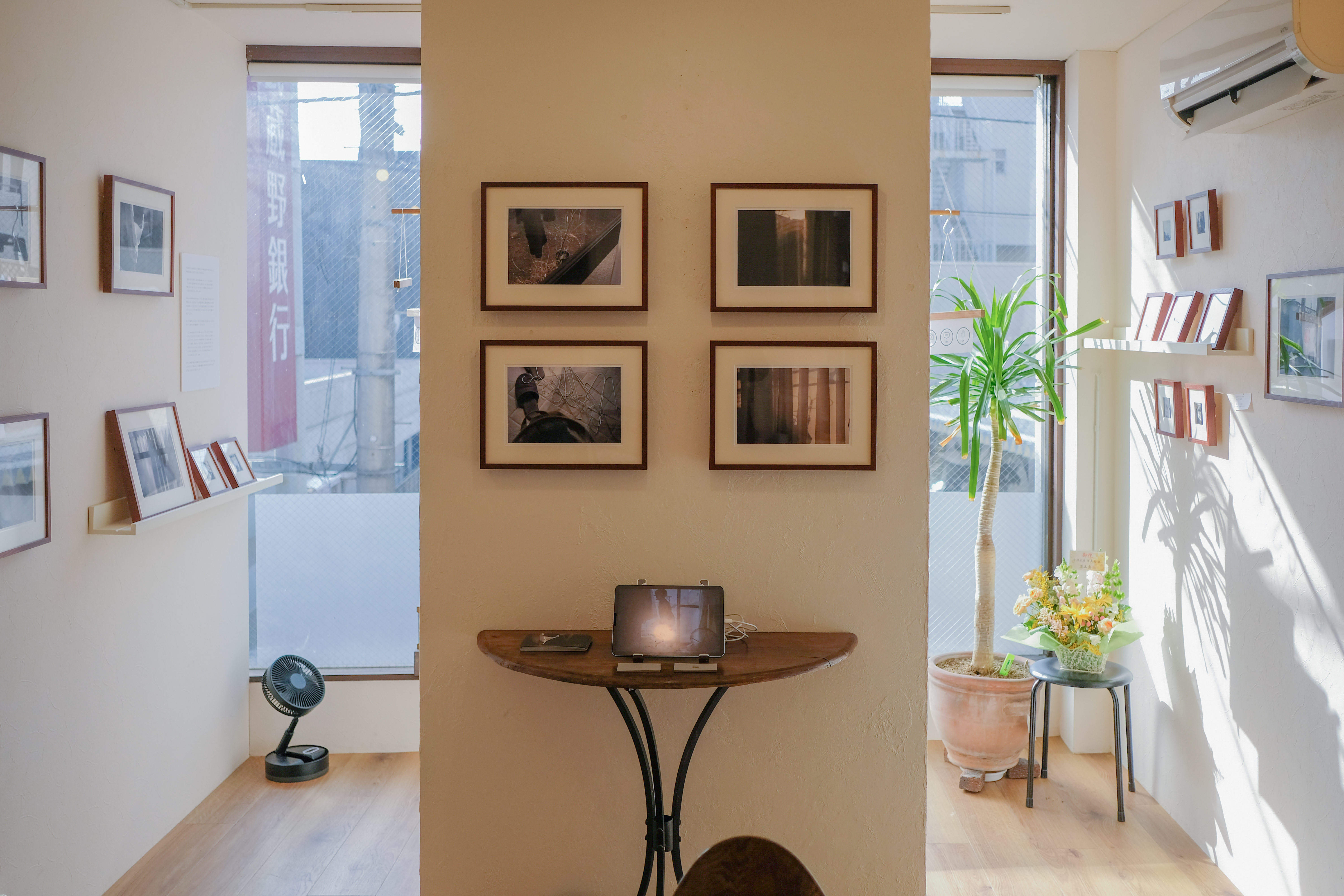
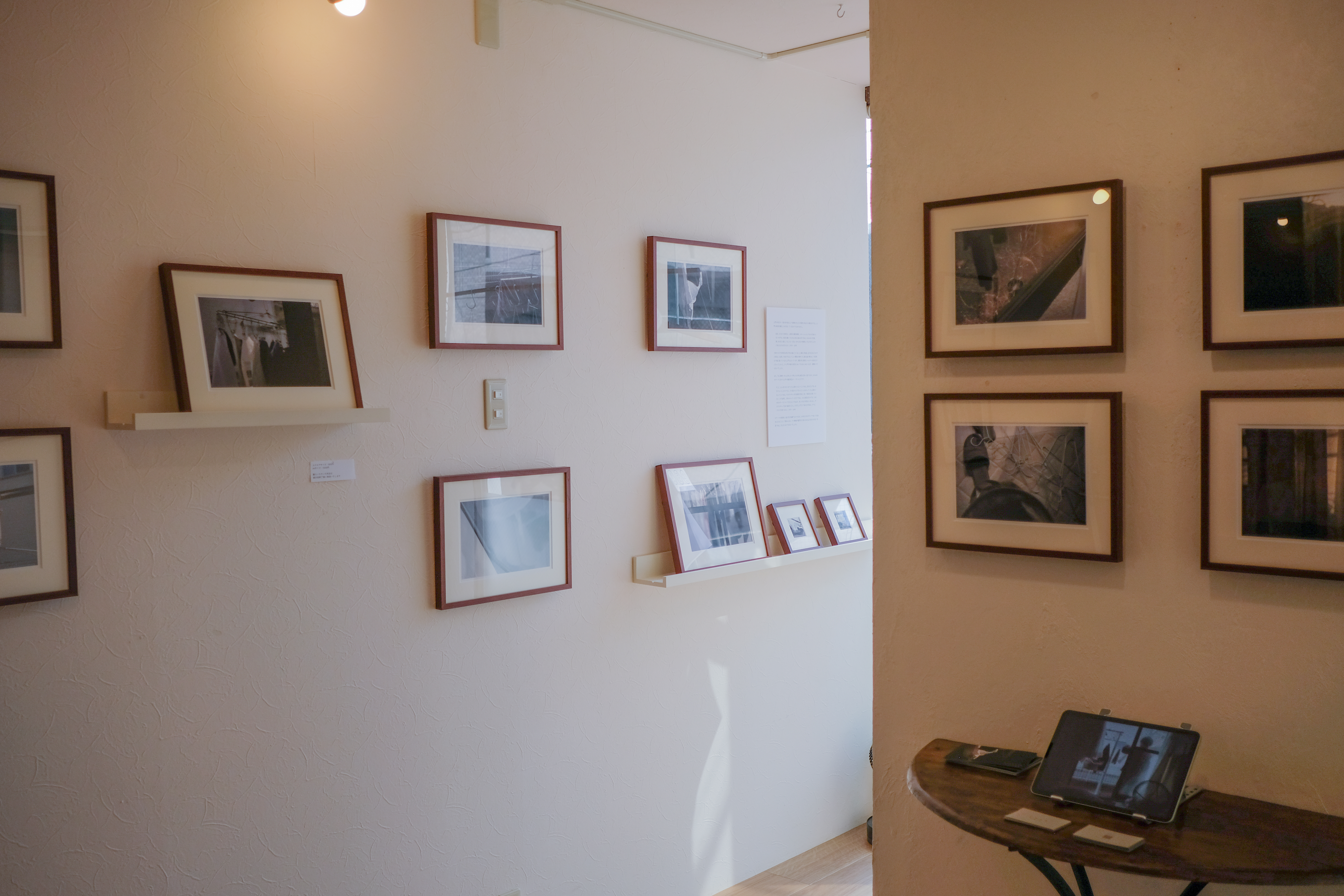
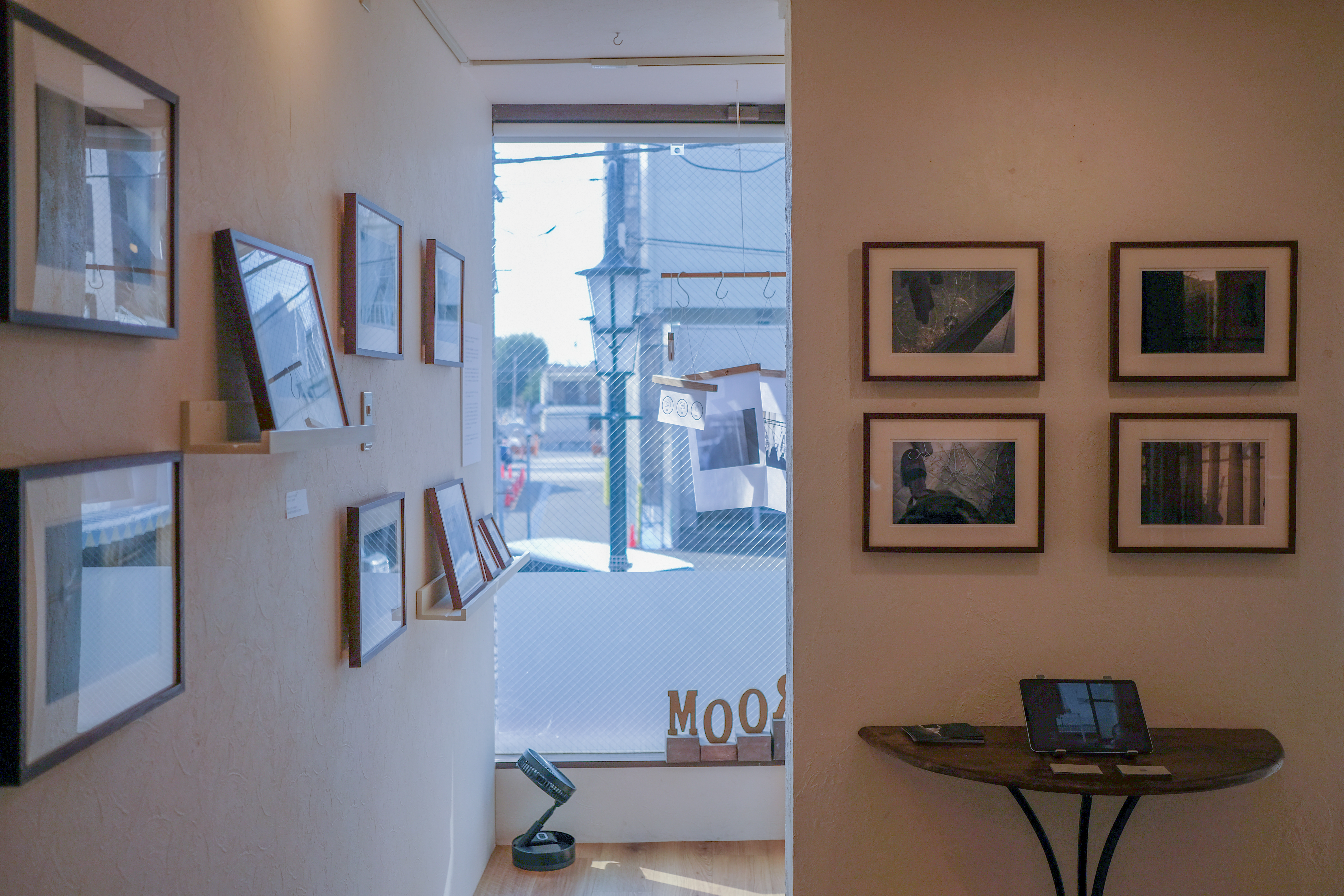
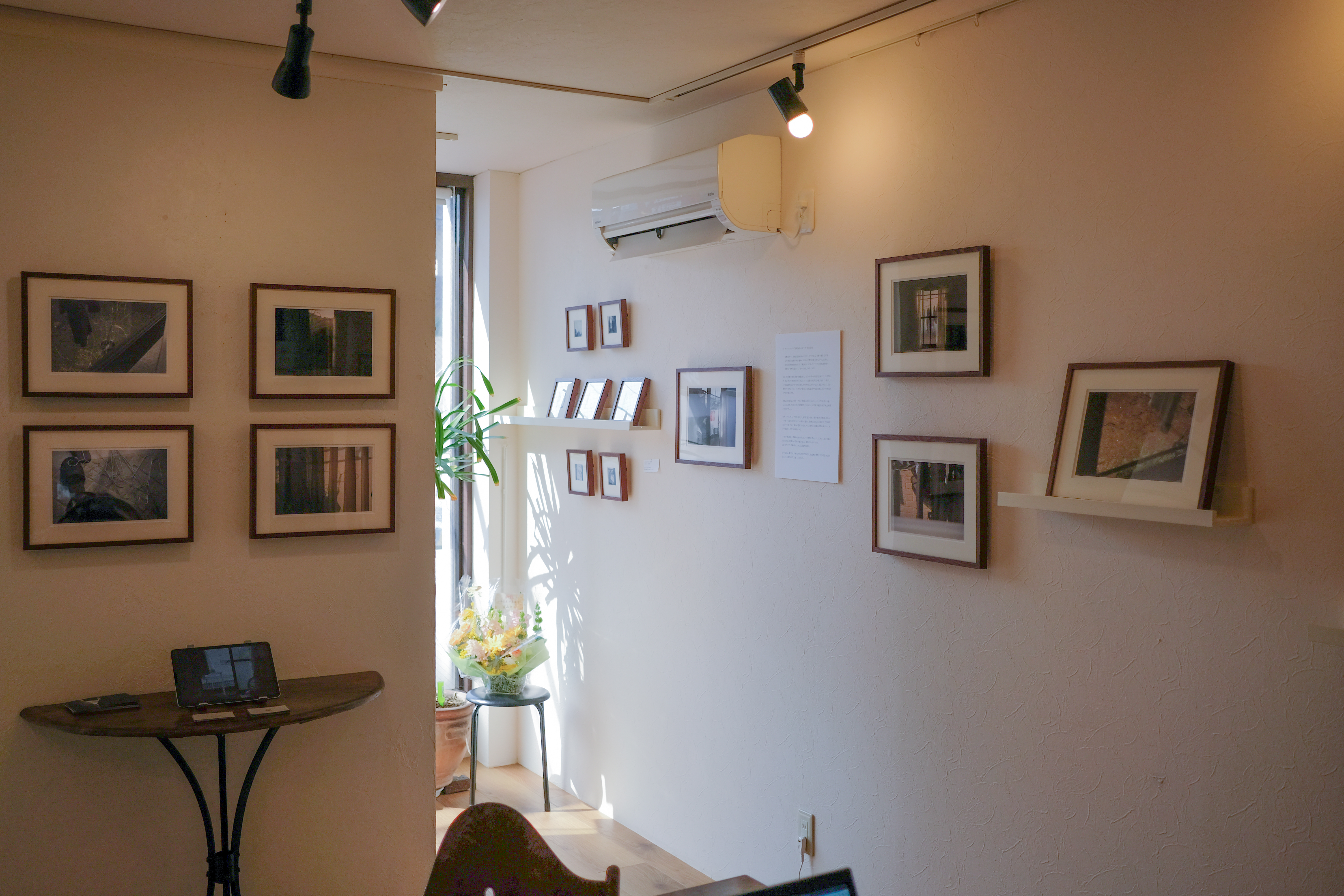
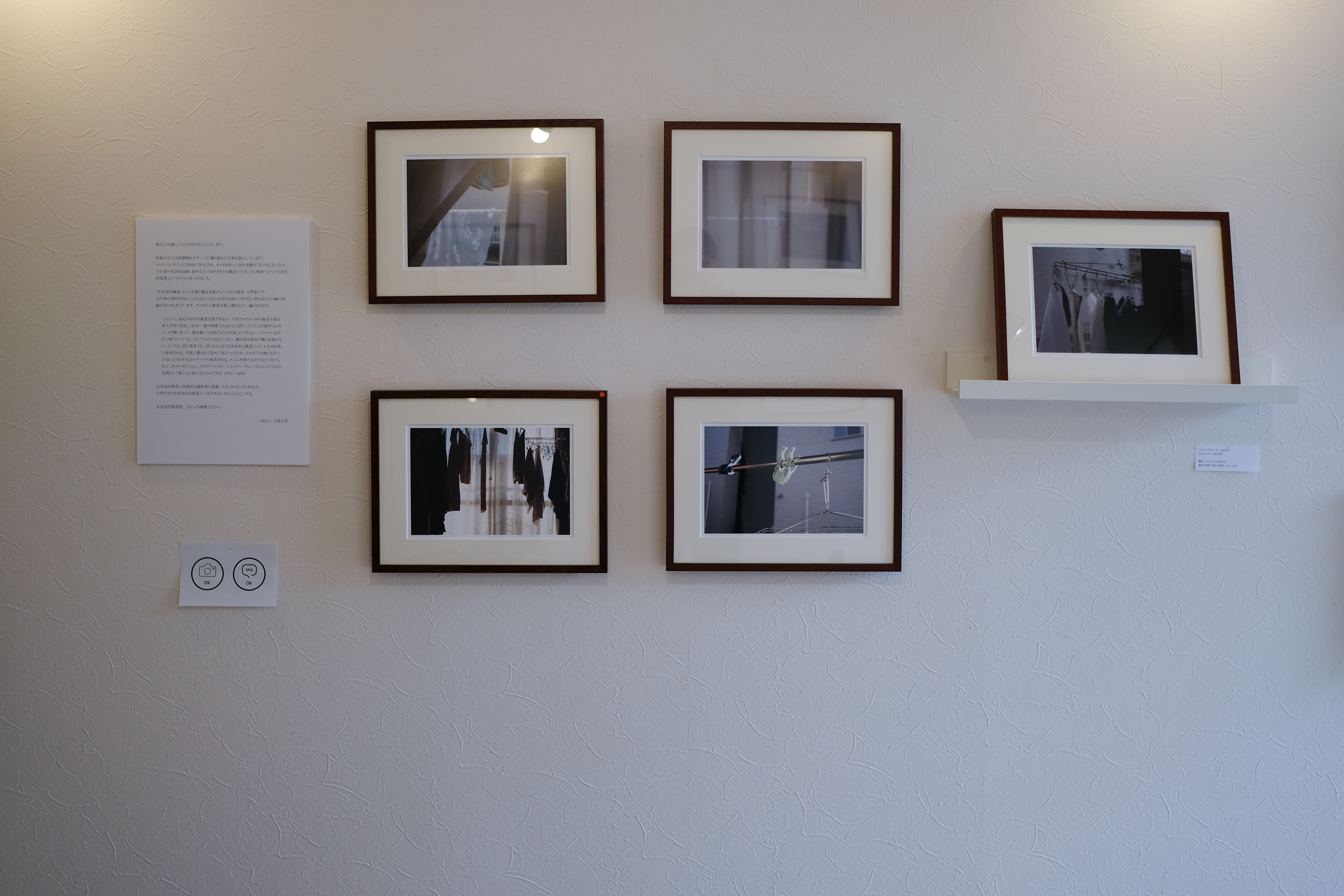
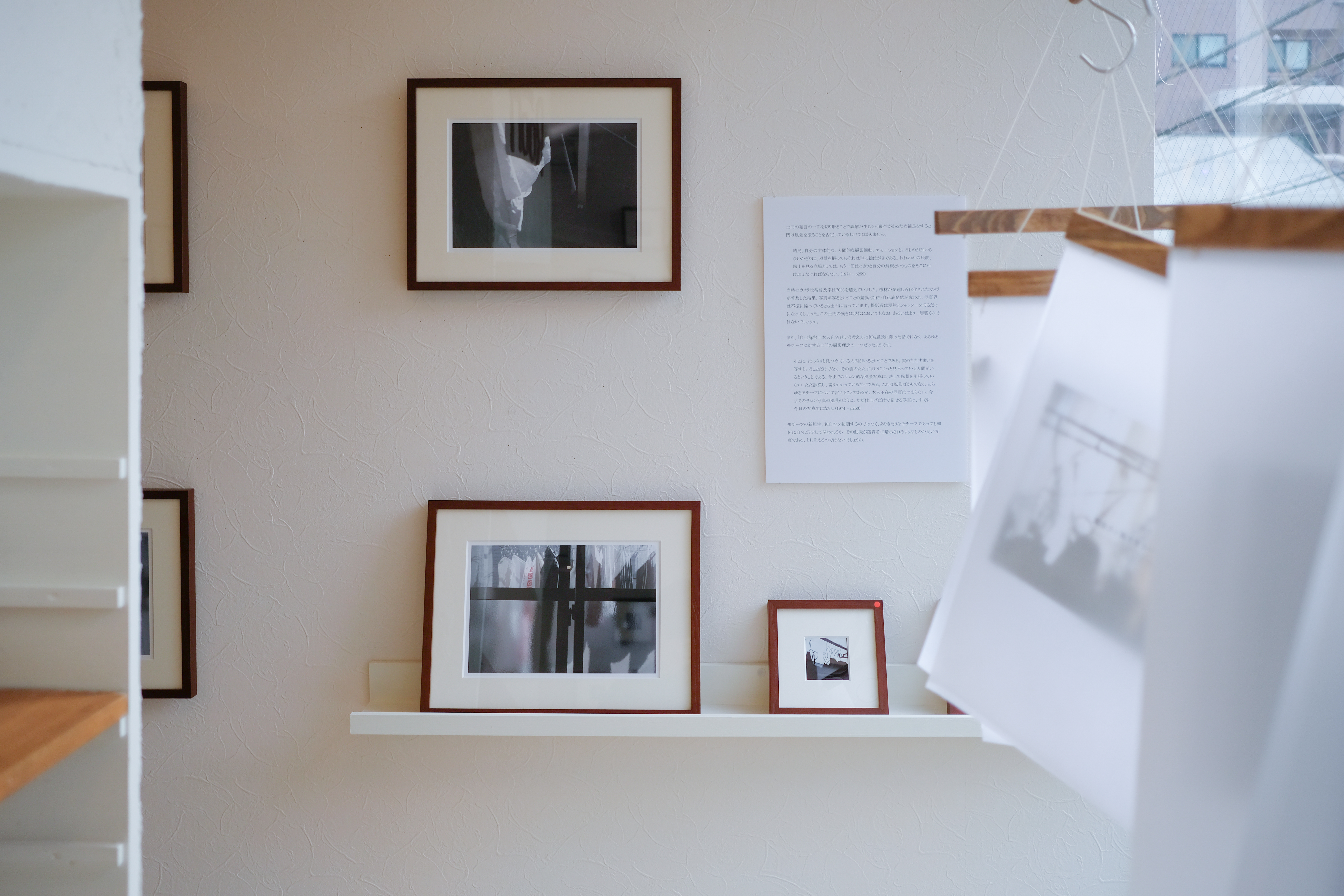
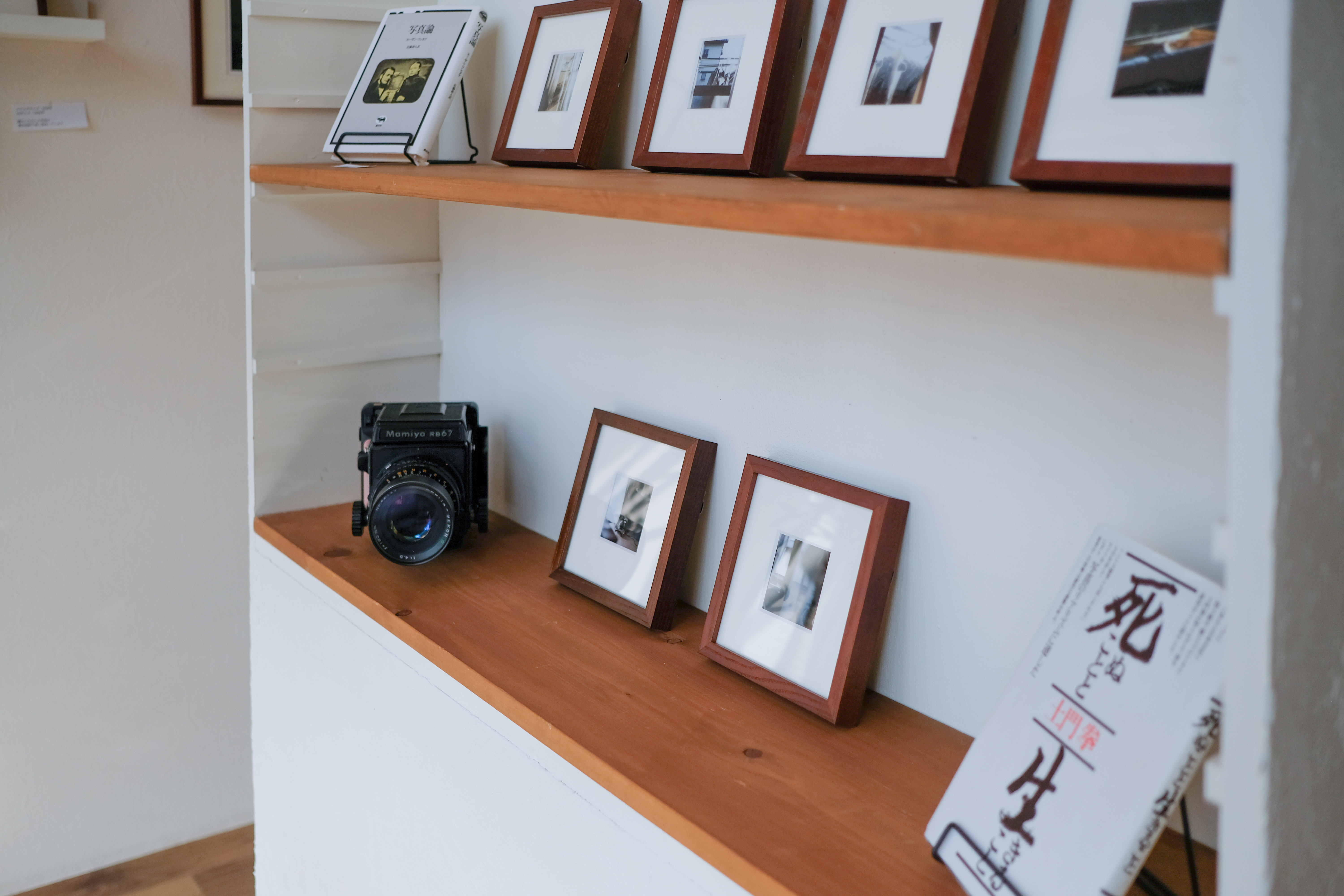
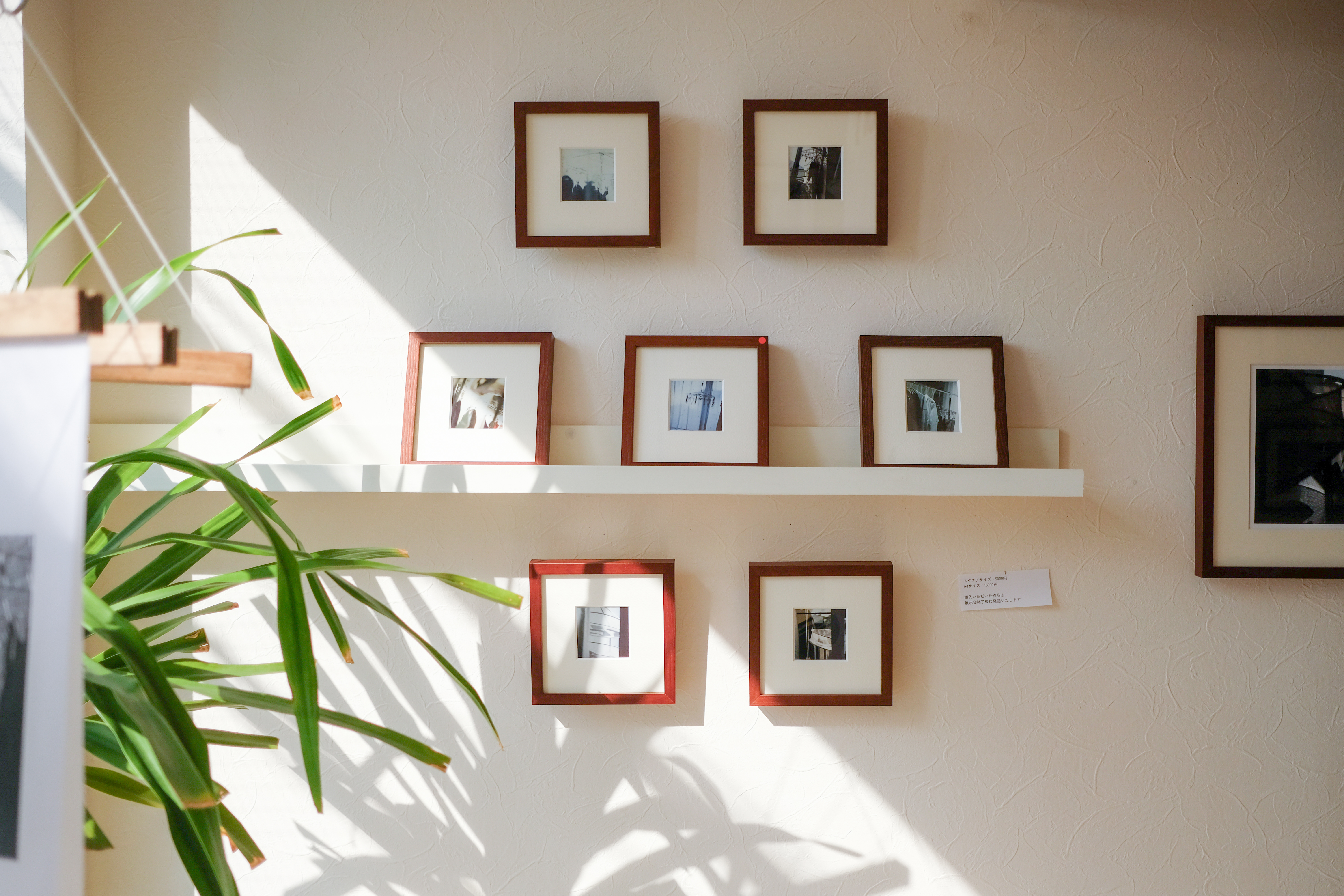
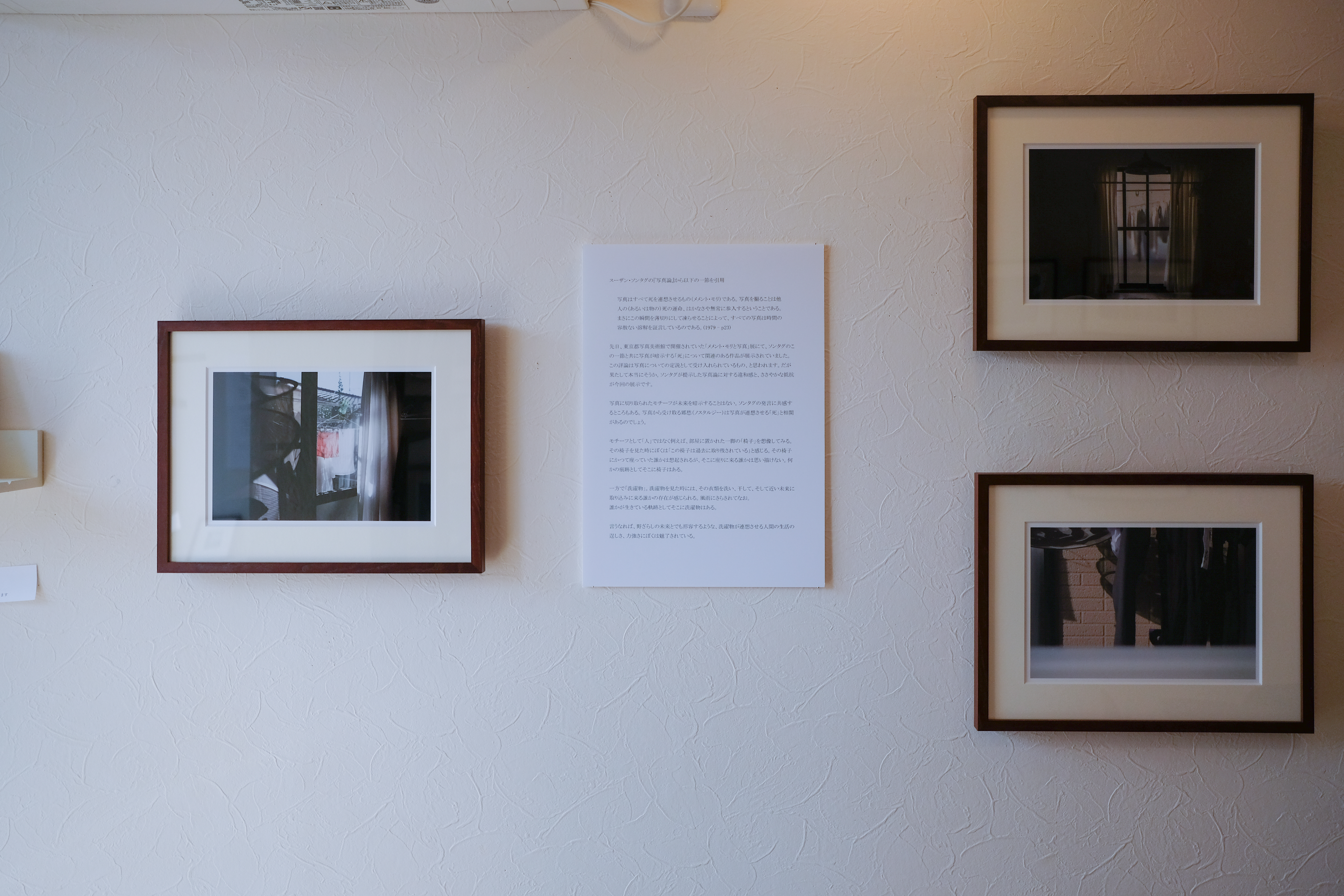

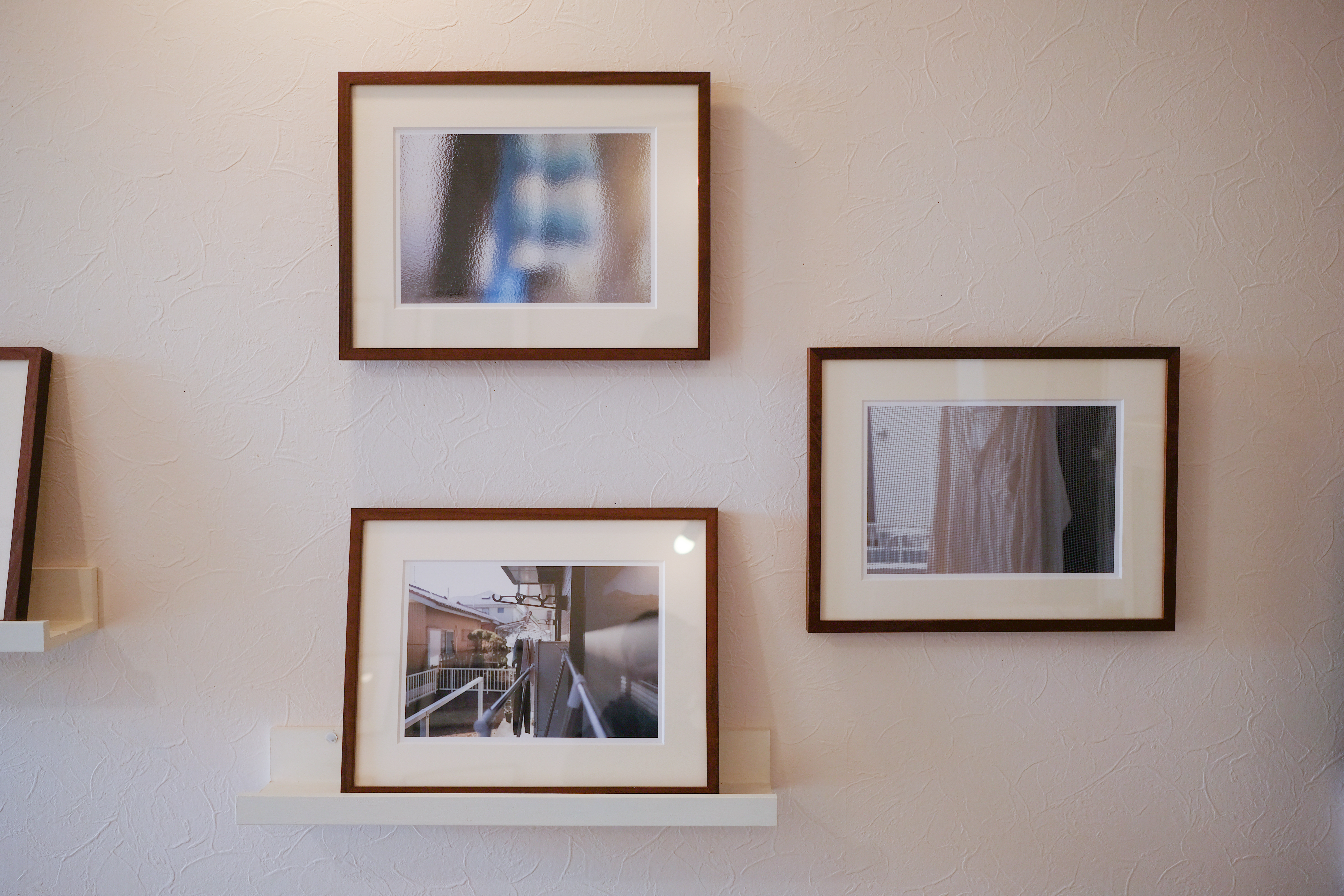
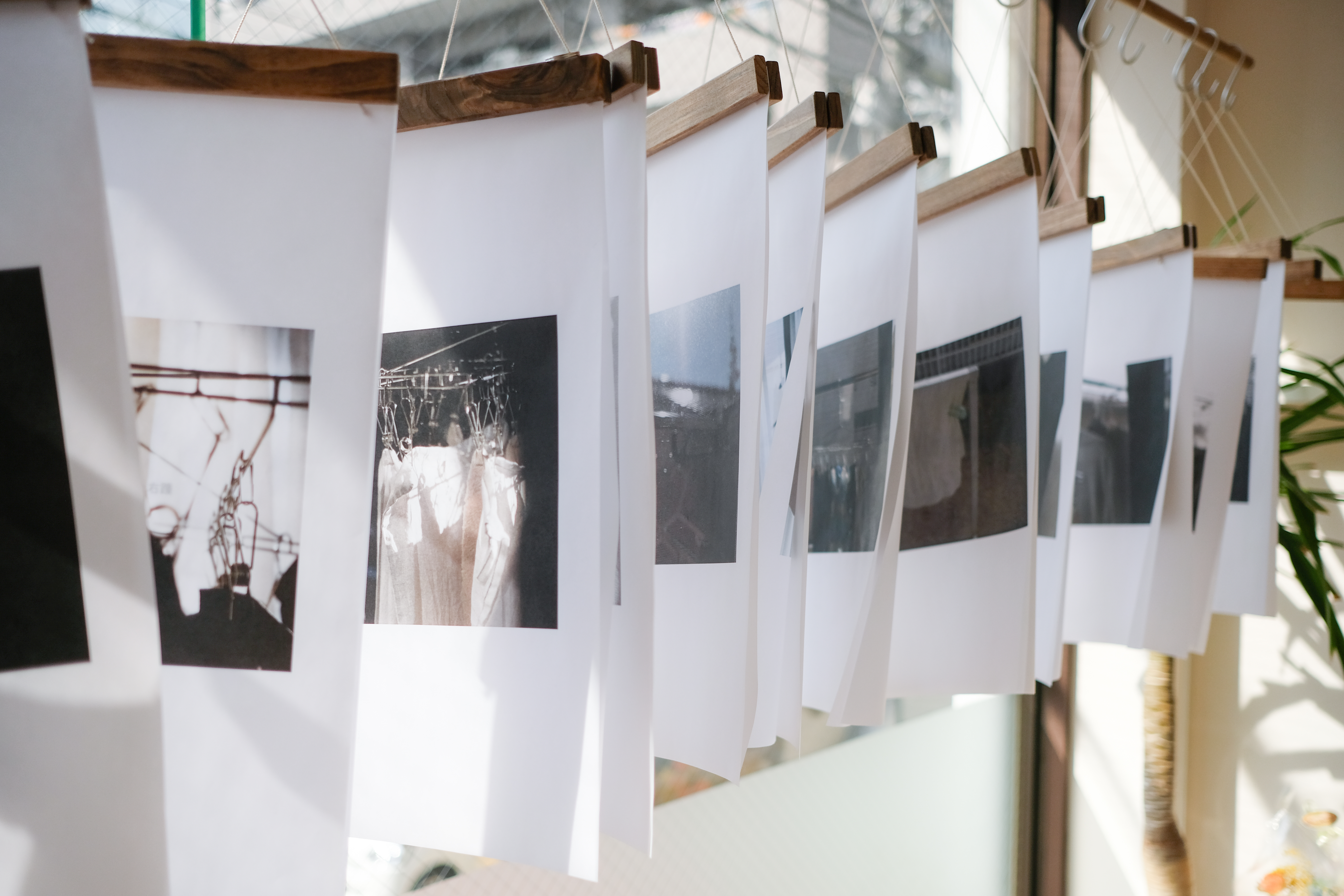
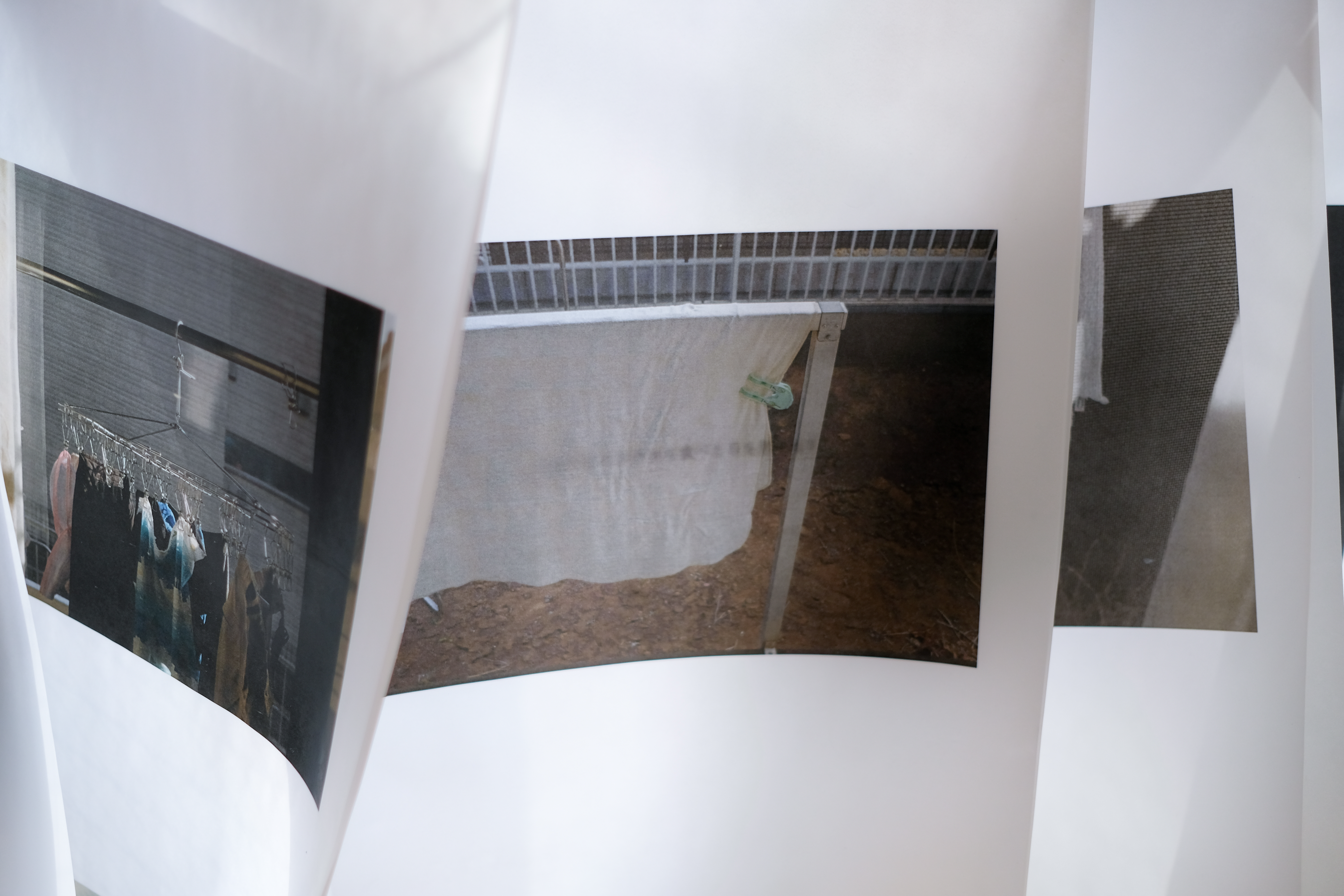
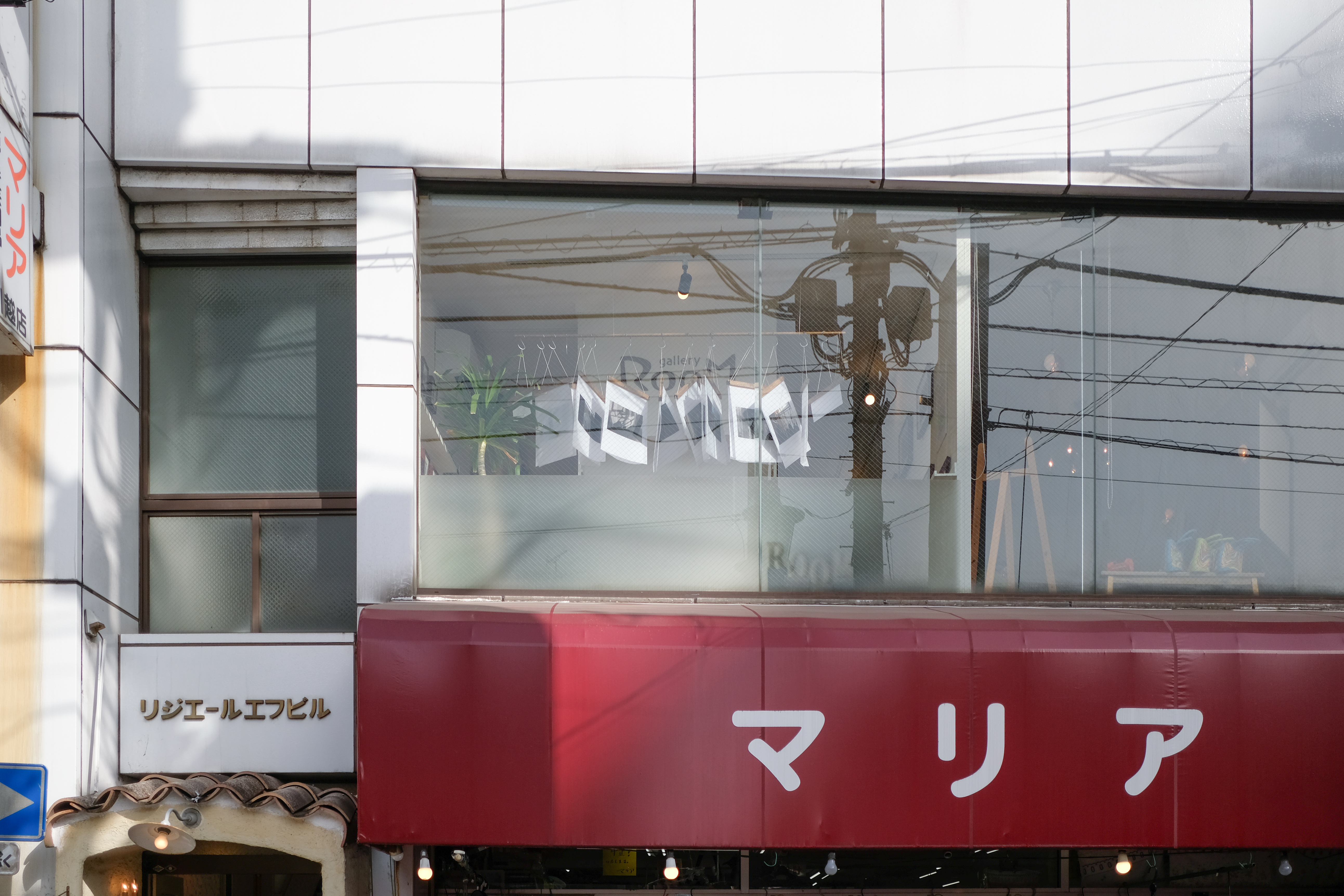
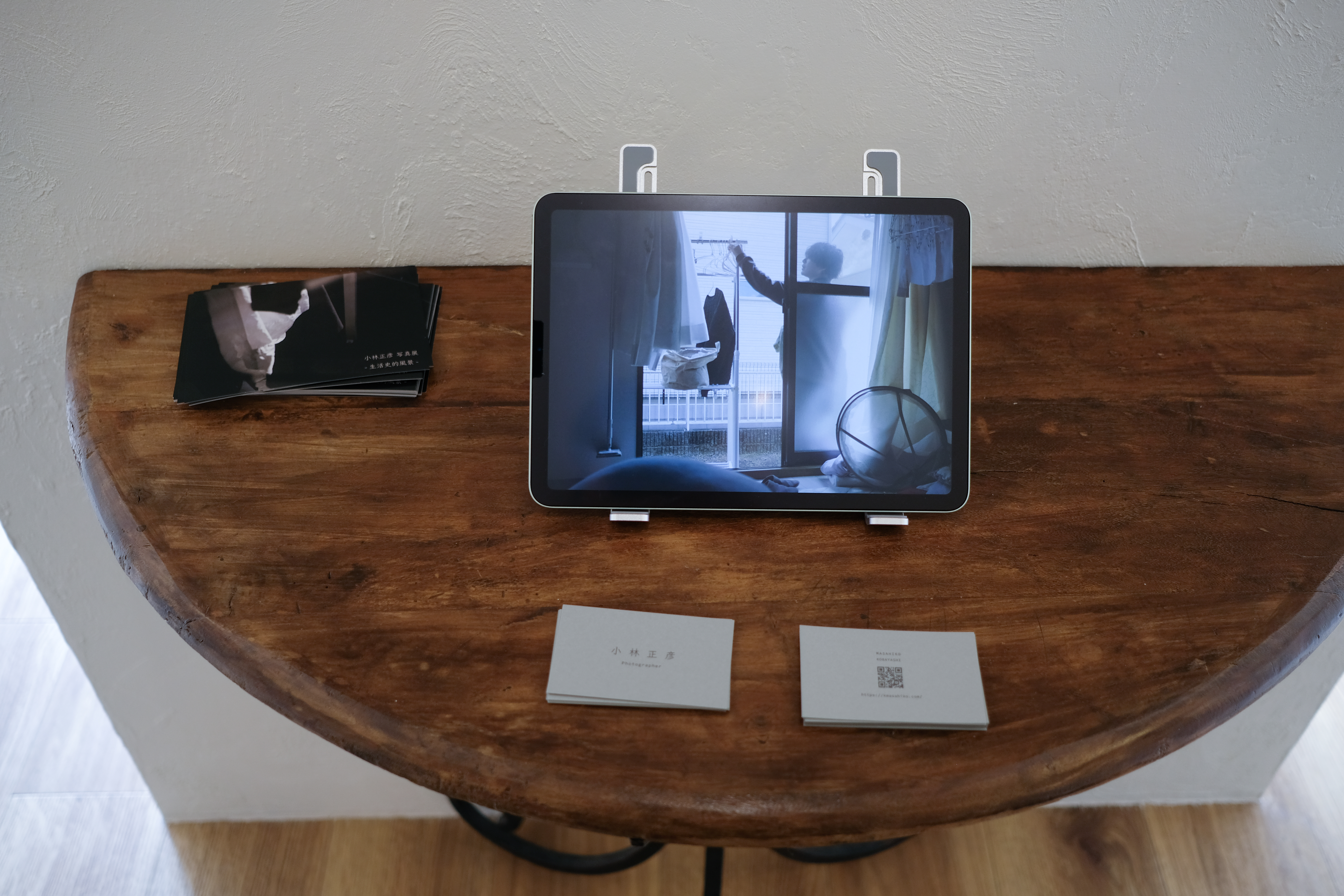
I started taking pictures of my own laundry (it should be noted that these are my own personal items). While I was restricted from going out due to the Corona disaster and unable to find a specific subject, I came across Ken Domon’s phrase “life-historical landscape,” and I began to pay more attention than before to narrow, ordinary, overlooked scenes in my life, motifs that I would not notice until they were photographed.
Washing clothes is a household chore that I take for granted every day, but doing it on a sunny day feels like a special act to me. The moment when I feel the sunlight and wind is pleasant, and the clothes seem to accumulate the passage of time of the day.
Despite being a private existence strongly connected to the lifestyle of an individual or a house, laundry, which is sometimes hung outside to dry and exposed to the public eye, is like a filter that drifts between the private and public spaces.
Also, the presence of someone who washes the clothes, hangs them out to dry, and will come back to pick them up in the near future is felt in the laundry. Even after being exposed to wind and rain. The laundry is there as a trace of someone’s life. I am fascinated by the resilience of human life that laundry evokes, and I continue to photograph it.
In his book “To Die and To Live,” Ken Domon presented the term and concept of “life-historical landscape. The term is used in one of his works titled “Landscape Photography.
By the way, these are picture-postcard landscape photographs, but the salon-like landscape photographs taken up to now are without the artist himself. I think this is the most distinctive feature. The person is not there, and you cannot feel the presence of the photographer. (Therefore, no matter who takes the pictures, they will always look similar. Even if you use different filters, there is not much difference. There is no room for compensatory conditions. However, there is what I often refer to as a life-history landscape, a narrow landscape, even within the same landscape. There are landscapes with ordinary motifs that are noticed only after they are photographed, and until then, no one would notice them. The artist’s eye is focused on this, and through camera position, camera angle, and shutter chance, it is possible to create something that strongly appeals to the viewer as a photograph.
Dying and Living 1974 p256
A glimpse of the photographer’s eye in a life-historical landscape. The extraordinary of being ordinary.
Let me try to capture what Domon means by “life-historical landscape” in my own way.
To add a supplemental note to the possibility of misunderstanding that may arise by cutting out a part of Domon’s statement, Domon does not deny taking photographs of landscapes.
After all, unless one’s own subjective, human impulse or emotion is added, taking a picture of a landscape is simply a picture postcard. From the standpoint of looking at our own peoples and landscapes, we must once again clearly add our own interpretation.
Living and Dying 1974 p259
At that time, the camera household penetration rate was over 70%. Domon also says that as a result of the development of equipment and the spread of modern cameras, the photographic world is in a slump, deprived of the wonder, anticipation, and sense of self-satisfaction that comes with taking a picture.
Photographers have been reduced to clicking the shutter in a state of idle amusement. Domon’s lament may still resonate today, or perhaps even more so.
Domon’s concept of “self-interpretation = the photographer’s own home” is not limited to landscapes, but was one of Domon’s philosophies for photographing all kinds of motifs.
It means that there is a person who is clearly gazing at the scene. It is not just a matter of capturing the appearance of clouds, but also of having a person who is staring at the appearance of the clouds. The salon-style landscape photography of the past has never drawn the viewer’s attention to the scenery. They are simply admiring and leaning against the landscape. This is true not only for landscapes, but for all motifs. Photographs that only show the finishing touches, like the landscapes of salon photography, are already not the photographs of today.
Living and Dying 1974 p260
Rather than emphasizing the novelty and originality of the motif, it is about how the viewer can relate to even a common motif as if it were his or her own. A good photograph is one that suggests this motive to the viewer.
Let us try to decipher the motif of “laundry” from a different perspective.
All photography is reminiscent of death (memento mori). To take a photograph is to enter into the mortality, transience, and impermanence of another’s (or an object’s) life. By slicing and freezing this very moment, every photograph bears witness to the relentless dissolution of time.
Theory of Photography – Susan Sontag 1979 p23
At the recent “Memento Mori and Photography” exhibition at the Tokyo Metropolitan Museum of Photography, there was a related piece on “death” implied by photography, along with this passage from Sontag. This commentary seems to be an accepted theory about photography. But is it really so? I feel uncomfortable with the theory of photography presented by Sontag and attempt a small resistance to it.
The motifs cut out of photographs do not imply the future. I sympathize with some of Sontag’s statements. The nostalgia we feel from the photographs may be correlated with the “death” that the photographs evoke.
Imagine, for example, a chair in a room, not a person, as a motif. When I see the chair, I feel that it has been left behind in the past. I can recall someone who used to sit in that chair, but I cannot picture someone who comes to sit there. The chair is there as a trace of something.
On the other hand, “laundry. When we see laundry, we feel the presence of someone who washed the clothes, hung them out to dry, and will come to take them in in the near future. Even after being exposed to the wind and rain.
The laundry is there as a trace of someone’s life.
In other words, I am fascinated by the resilience and strength of human life that laundry reminds me of, as if to describe it as a future left out in the open.
gyallery RooM
2023.3.8 Wed – 3.13 Mon
11:00〜17:00